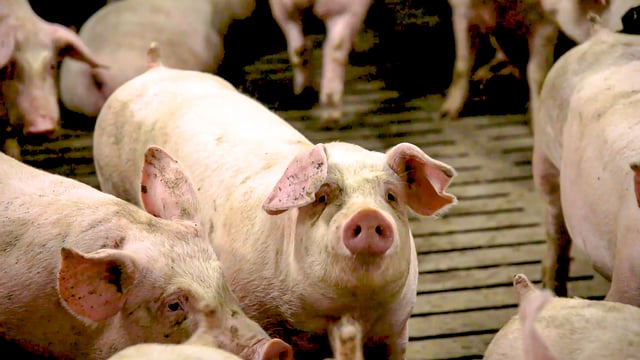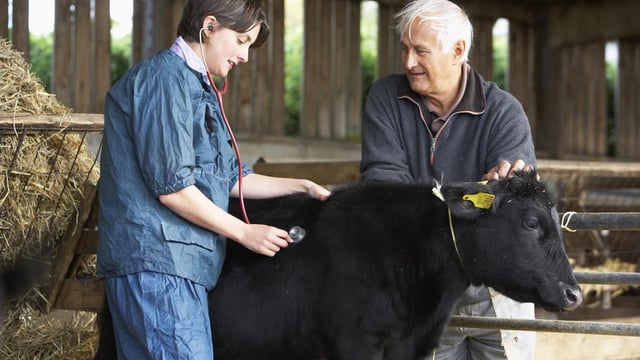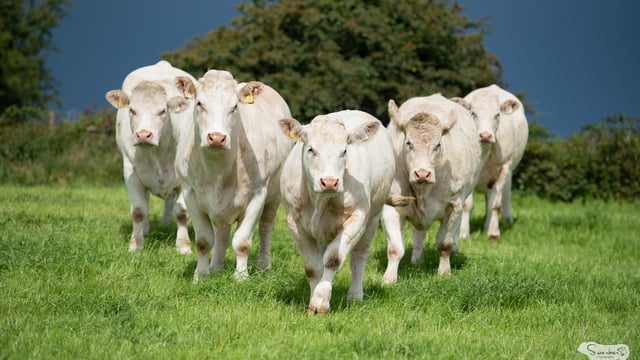Fertiliser application strategies for crops other than cereals
Teagasc research scientist Dermot Forristal has looked at the fertiliser application strategies for crops other than cereals.
Courtesy of his presentation to the first Teagasc Tillage conference session for 2022, he posed three specific questions.
The questions were as follows:
Forristal commented: “Oilseed rape can be used to capture nitrogen to our benefit. This is particularly so during the autumn period.
“As a result, it is possible to use a canopy management approach, where the application of nitrogen to rape crops is concerned," he added.
“Two principles come into play. The first is that the nitrogen absorbed by rape during the autumn and winter period remains there. Secondly, it can be estimated in terms of what’s called a Green Area Index or GAI.
According to Teagasc, each unit of GAI contains 50kg of N. Oilseed rape crops require a GAI of 3.5 at flowering, so fertiliser rates must be tailored to meet this need. The take-up efficiency of applied N is in the region of 50%.
Turning to the growing of legumes, Forristal confirmed that they both fix nitrogen from the air while growing. However, they also leave nitrogen in the soil for subsequent crops to benefit from.
He added: “Europe is deficient in proteins, and because of this, the protein payment scheme is continuing. Rotations will have a key impact on the efficiency of crop nitrogen usage.
According to Forristal, Irish tillage farmers have the scope to include legumes in their crop rotations on a regular basis.
“This is certainly the case on a one-year-in-five basis. Specific site issues and weather conditions will come into play when it comes to assessing the impact of a legume crops.
“However, their relevance must be assessed on the basis of a five-year rotational plan," he added.
Where the use of urea is concerned, Forristal advised that the product is cheaper on a nitrogen content basis, relative to CAN (calcium ammonium nitrate).
Forristal continued: “However, urea has a lower density. Because of that, it is more difficult to throw and is more impacted by wind.
“As a rule of thumb, working with urea granules that are at least 2mm in size should be considered. It is also important for growers to work with band spreaders that will deliver a good basic spread pattern on a consistent basis," he concluded.





